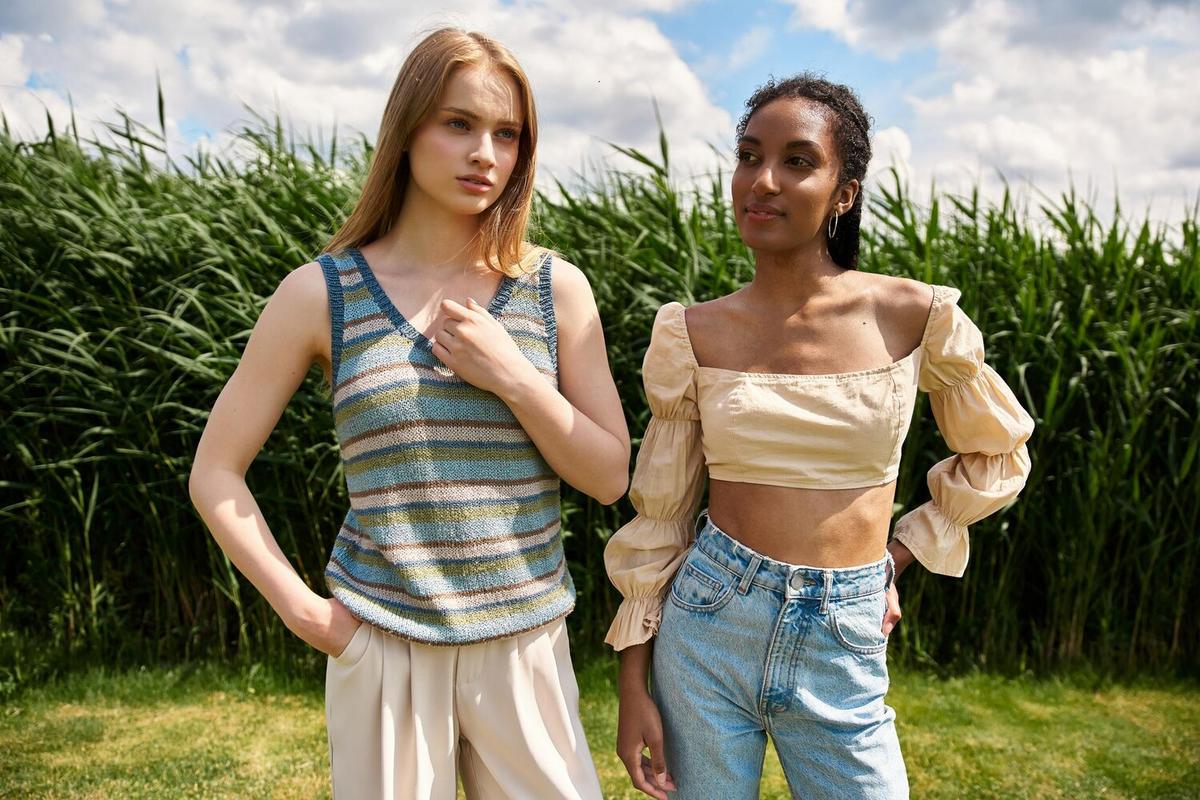
Sustainable Fashion: Trends for an Eco-Friendly Wardrobe
Sustainable fashion is not just a fleeting trend—it’s a powerful movement reshaping how we think about the clothes we wear. As more individuals become aware of the environmental impact of their wardrobe choices, the demand for eco-friendly fashion has surged. This shift not only reflects a growing consciousness about our planet’s health but also a desire for clothing that supports ethical practices.
Understanding Sustainable Fashion
Sustainable fashion encompasses a range of practices aimed at reducing the environmental footprint of clothing. This includes using organic materials, minimizing waste, and ensuring fair labor practices. According to a report by Fashion Revolution, over 70% of consumers now consider sustainability an important factor in their purchasing decisions. This highlights a significant shift towards more eco-friendly alternatives.
Expert Insights
Experts like Stella McCartney, a renowned advocate for sustainable fashion, emphasize the importance of transparency in fashion supply chains. She notes, ‘Sustainability in fashion goes beyond materials; it’s about ensuring every step of the process is ethical.’
Trends in Eco-Friendly Fashion
- Upcycling: Transforming old garments into new fashion pieces has gained popularity, reducing waste significantly.
- Organic Fabrics: Materials like organic cotton and bamboo are being used more frequently due to their lower environmental impact.
- Minimalist Wardrobes: Embracing a capsule wardrobe reduces the need for excessive clothing and encourages mindful shopping.
Personal Anecdote
Consider the story of Emma, who decided to overhaul her wardrobe by donating rarely worn items and investing in timeless, sustainable pieces. Her journey not only simplified her clothing choices but also sparked conversations with friends about eco-conscious living.
Actionable Tips for an Eco-Friendly Wardrobe
- Research Brands: Look for brands that prioritize sustainability through certifications and transparent practices.
- Choose Quality Over Quantity: Invest in durable pieces that will last longer, reducing the need for frequent replacements.
- Repurpose Old Clothes: Get creative by upcycling old garments into new styles or donating them.
Comparison Table: Sustainable Fabrics
| Fabric | Environmental Impact | Durability |
|---|---|---|
| Organic Cotton | Low water use, no pesticides | High |
| Bamboo | Fast-growing, low impact | Medium |
| Recycled Polyester | Reduces plastic waste | High |
| Linen | Biodegradable, low water use | High |
| Tencel | Low environmental impact | Medium |
| Hemp | Low water use, no pesticides | High |
| Wool | Renewable, biodegradable | High |
| Alpaca | No chemical processing | High |
FAQs
Why is sustainable fashion important?
Sustainable fashion reduces environmental impact, promotes ethical labor practices, and supports a healthier planet.
How can I ensure a brand is truly sustainable?
Research the brand’s certifications, transparency reports, and commitment to eco-friendly practices.
Conclusion
Embracing sustainable fashion is a rewarding journey that not only benefits the environment but also enriches personal style. By making informed choices and supporting ethical brands, we can collectively drive the fashion industry towards a more sustainable future. Let’s take the steps towards a wardrobe that reflects our values and cherishes the planet.


